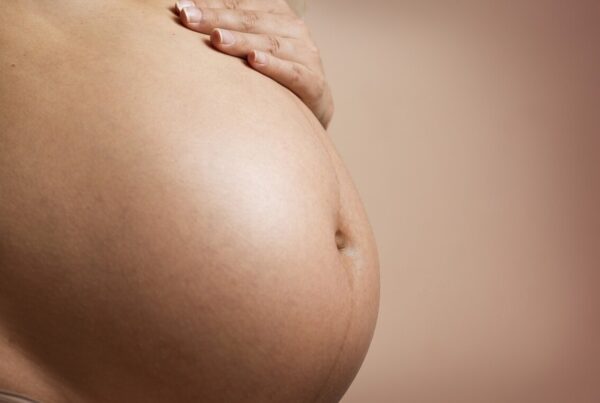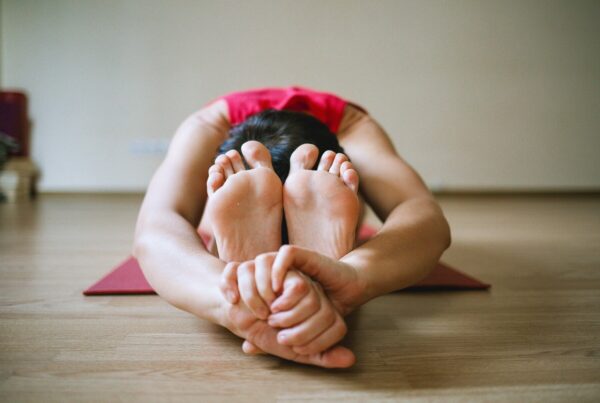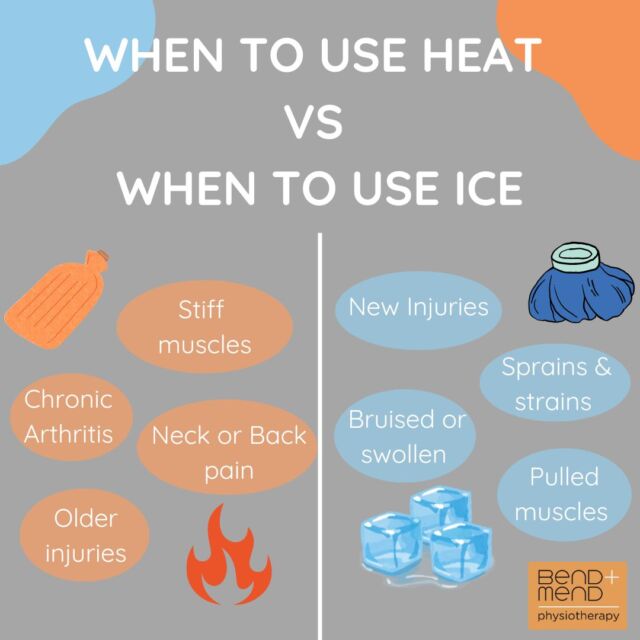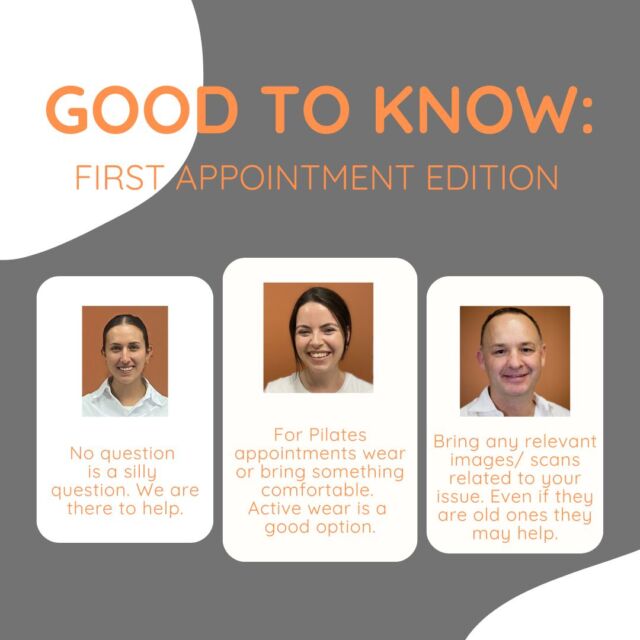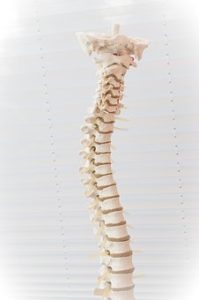 This week I wanted to focus on Spinal Scoliosis, as I speak to a lot of patients who have been diagnosed with scoliosis as an adolescent and want to know how this impacts their alignment, or whether they should be concerned even if they don’t have any symptoms. The prevalence of adolescent scoliosis is higher amongst the dance community, so I thought this would be a nice little aside to recent dance topics.
This week I wanted to focus on Spinal Scoliosis, as I speak to a lot of patients who have been diagnosed with scoliosis as an adolescent and want to know how this impacts their alignment, or whether they should be concerned even if they don’t have any symptoms. The prevalence of adolescent scoliosis is higher amongst the dance community, so I thought this would be a nice little aside to recent dance topics.
Scoliosis can be defined as an abnormal lateral curvature of the spine. Although there are many types of scoliosis, the most common is known as Adolescent Idiopathic Scoliosis, or AIS. AIS is usually diagnosed in early adolescence, usually between the ages of 11 and 13 years, and is more common in females than males.
When a scoliosis develops, the spine bends sideways and rotates along its vertical axis.
Signs of a scoliosis include:
-shoulders at a different height, with one shoulder blade more prominent than the other
-one hip more prominent than the other
-rib cages at a different height from each other
– head not centred directly above the pelvis
-uneven waistline
A true scoliosis is diagnosed via X-ray, with a measurement that is called a “Cobb Angle”. A Cobb Angle of 10 degrees is regarded as a minimum angulation to define scoliosis.
In adulthood, the curve is unlikely to progress once skeletal maturity is reached. It is possible, however, to develop scoliosis secondary to degeneration or osteoarthritis as an adult.
If you were diagnosed with scoliosis as an adolescent and do not have any symptoms as an adult, then there is no cause for concern. If you were diagnosed as an adolescent and you are suffering from back pain or stiffness, it is best to consult your Bend + Mend Physiotherapist. Often a doctor or health professional might have mentioned to you in passing that you look as if you may have a scoliosis due to a difference in shoulder height or leg length. If this is the case, then you may want to get checked by your Physiotherapist and remember that a true scoliosis should be diagnosed via X-ray.
Clinical Pilates can be a great way of managing your back pain and stiffness related to scoliosis and ensuring that the changes in your alignment do not become problematic.
